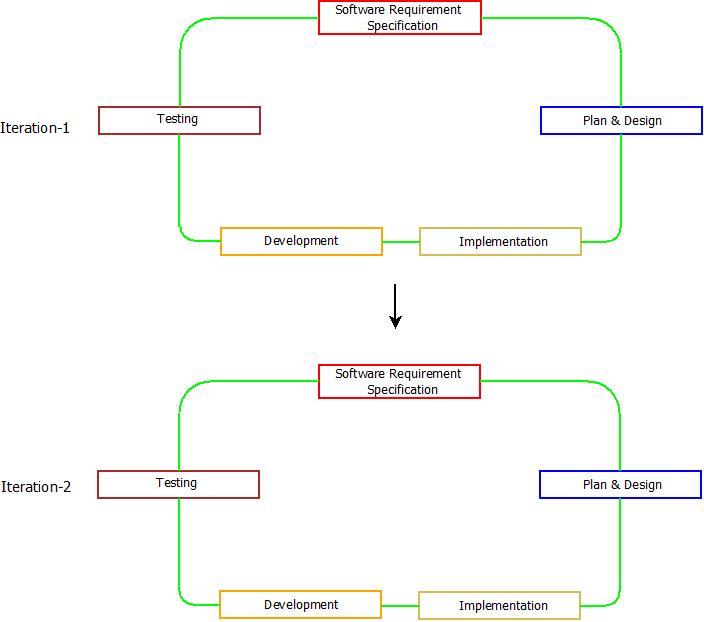Agile Methodology
Friday, September 18, 2020

Agile Methodology: An Introduction
-
Agile means – an ability to proceed in a quick and easier manner. This methodology opted first in 2001 when a manifesto was produced by a group of software engineers. They later formed the “Agile Alliance”. The agile alliance, responsible for the introduction and promotion of agile technology in software product development.
-
The agile methodology was introduced to overcome the major shortcomings of traditional software development life cycle models. The concept behind the agile methodology for software development revolves around, “Build Iteration, Test Iteration”.
-
It means, iterations for the software product are built first, tested second and are delivered third. But remember, agile is a methodology and not a framework with the help of which these iterations helps in building a software product.
Agile Methodology: The Concept
-
Agile Methodology can be termed as a “Type of project management” or “Principles on which software can be built upon” irrespective of the type, size, and concept of the software product. Hence, Agile can be termed as a way to “execute a project management plan” in order to generate a quality software product.
-
Agile works on continuous iteration concept. It means a project plan of the whole software product is developed first. Then the software project is split and divided into smaller modules. These modules are individually planned out using agile. As a result, Each of the modules is developed separately and tested simultaneously. Hence, this process of continuous development of small modules keeping the project planning in mind is referred to as the iterative concept of agile methodology.

Agile Methodology: Example
-
Moreover, The agile methodology doesn’t prefer to hold gigantic documentaries or meetings or project planning. Keeping the project planning structured and simple is what makes agile methodology an efficient and easy way. It focuses on a short-term goal which ranges from 3-4 weeks and then the product developed within that span is reviewed.
Agile Methodology: Is It Best?
-
Furthermore, Agile is one of the best among all the available software development and project planning concepts. What sets “Agile” apart from all the software development models is the ability to adopt continuous changes in the project.
-
However, It is made to absorb those changes which make agile such a great methodology. The major reason why project management officials are adopting the agile methodology to their projects are :
-
Highly specific methodology.
-
Streamlined process.
-
Iterative process.
-
Very less pre-planning and low documentation are required.
-
On each iteration, a working prototype is generated.
-
Highly flexible.
-
Enormously absorbs and adapts to all the changes.
-
Higher customer satisfaction rates.
-
-
No doubt, agile methodology is vastly being used today for projects released to software development but, it does possess software shortcomings as every concept or methodology possess.
-
Pre-calculation of efforts and resource usage is difficult.
-
The final product depends upon customer’s mind. If the customer is confused or not clear of what to develop, the final product may suffer.
-
If the customer possesses unrealistic expectations, agile may fail.
-
Agile Methodology: The Conclusion
-
Although, Agile may have some of the disadvantages, what features are its principles. The principles on which agile methodology works. So, if the changes are frequent and the project is complex, agile methodology is the best concept and great to use on these type of projects. If the size of the project is too small, then waterfall or any other software development life cycle model would do the job. But, the love for the agile would be forever. Agile – “The quick and easy methodology”.